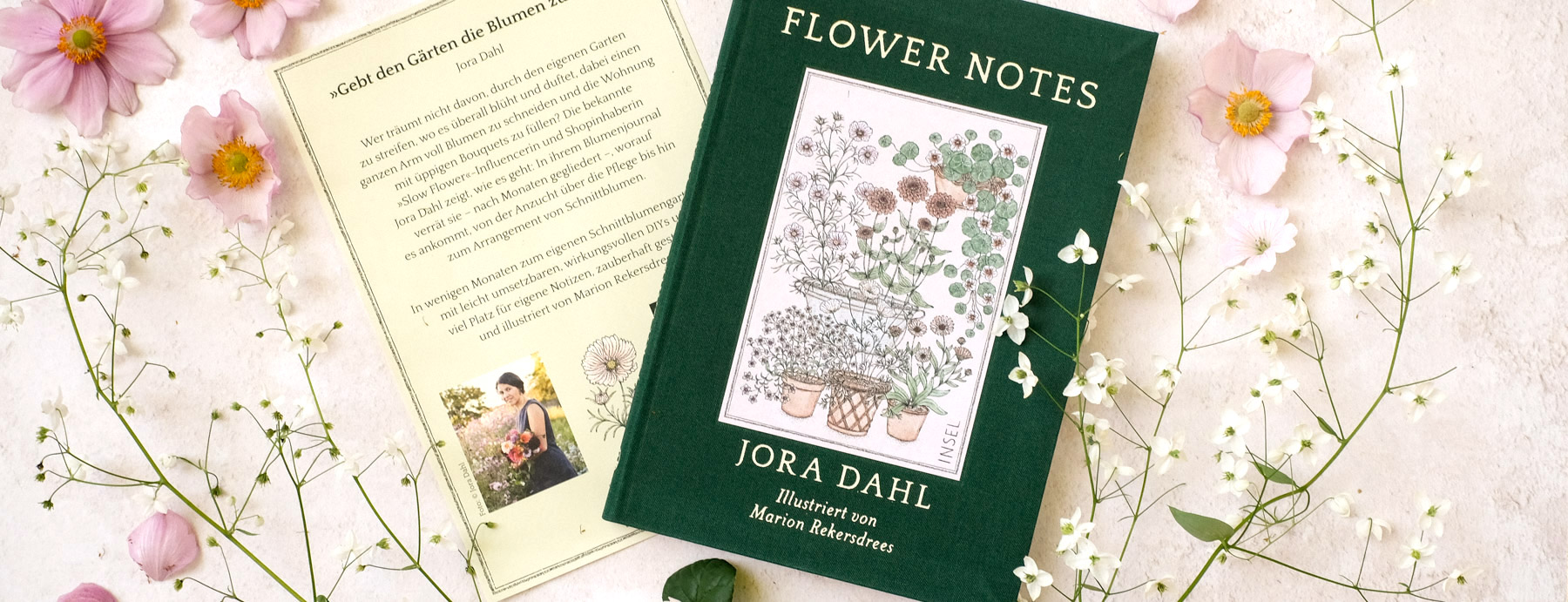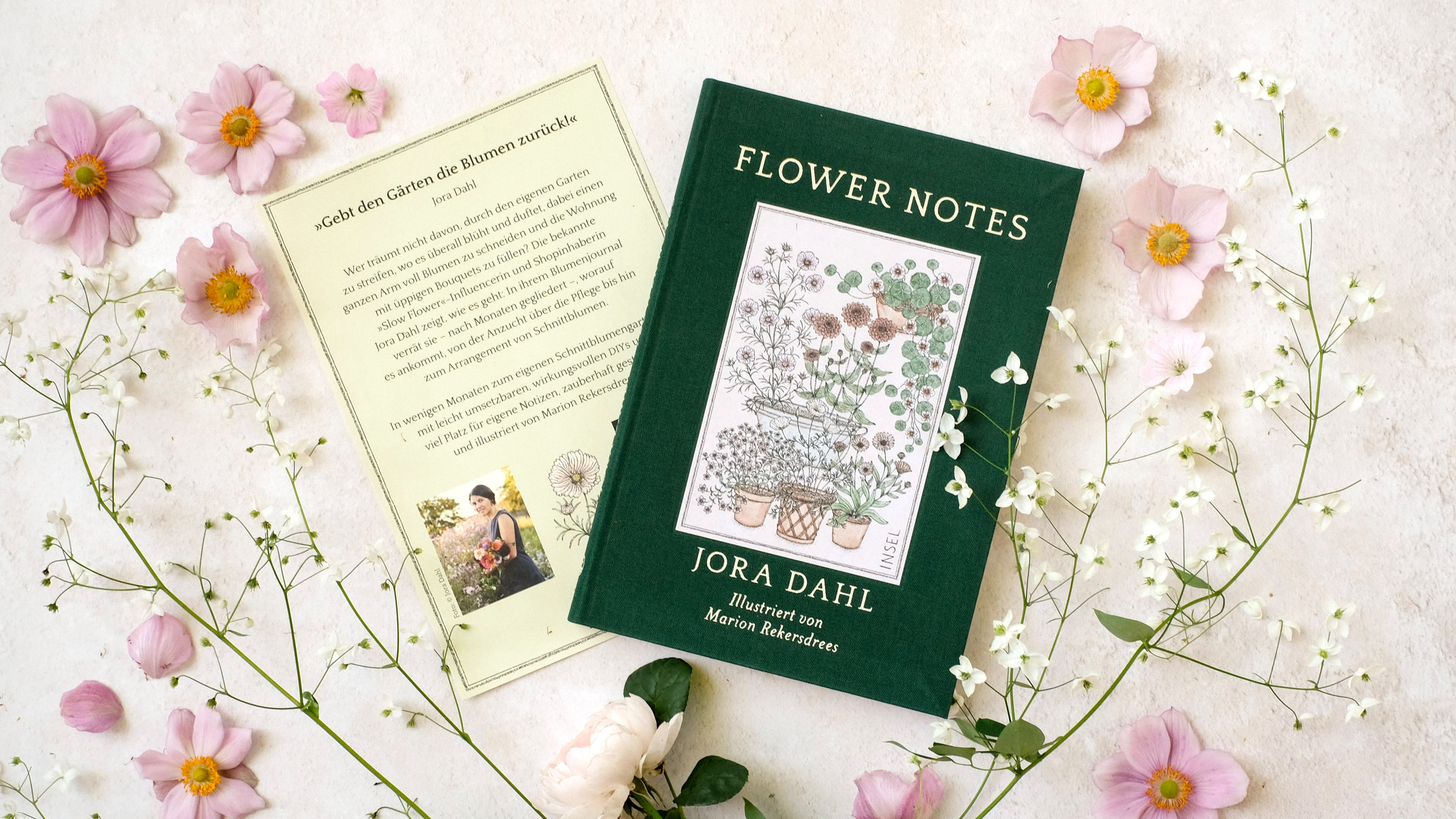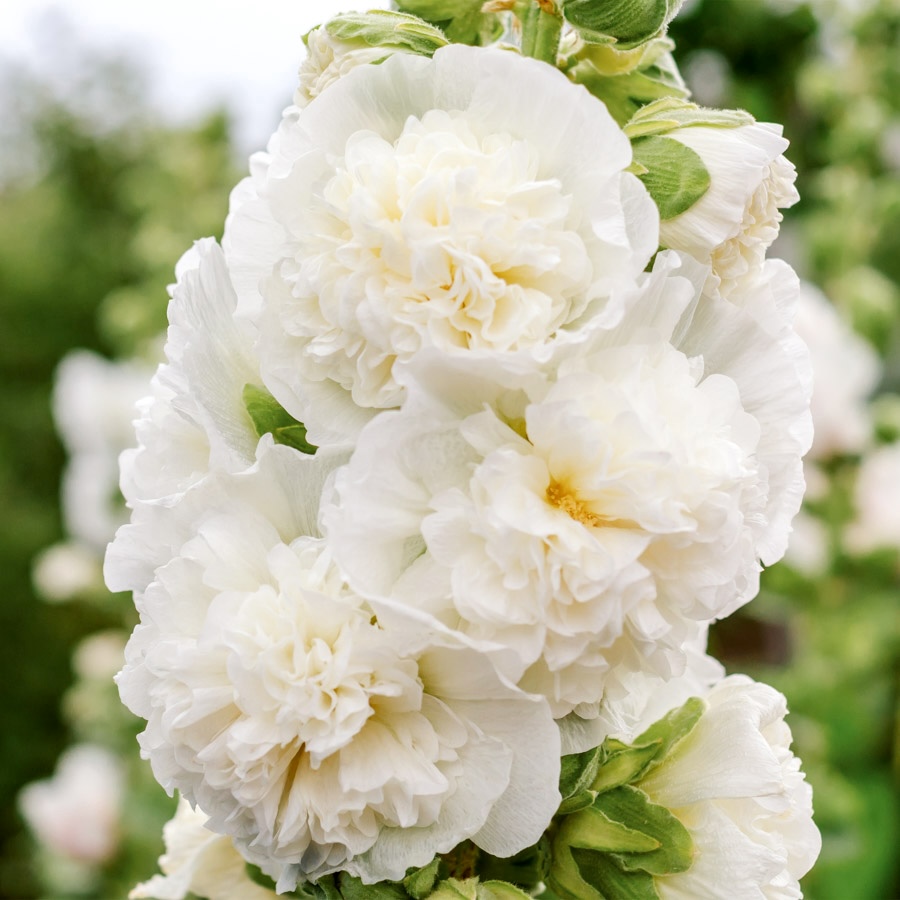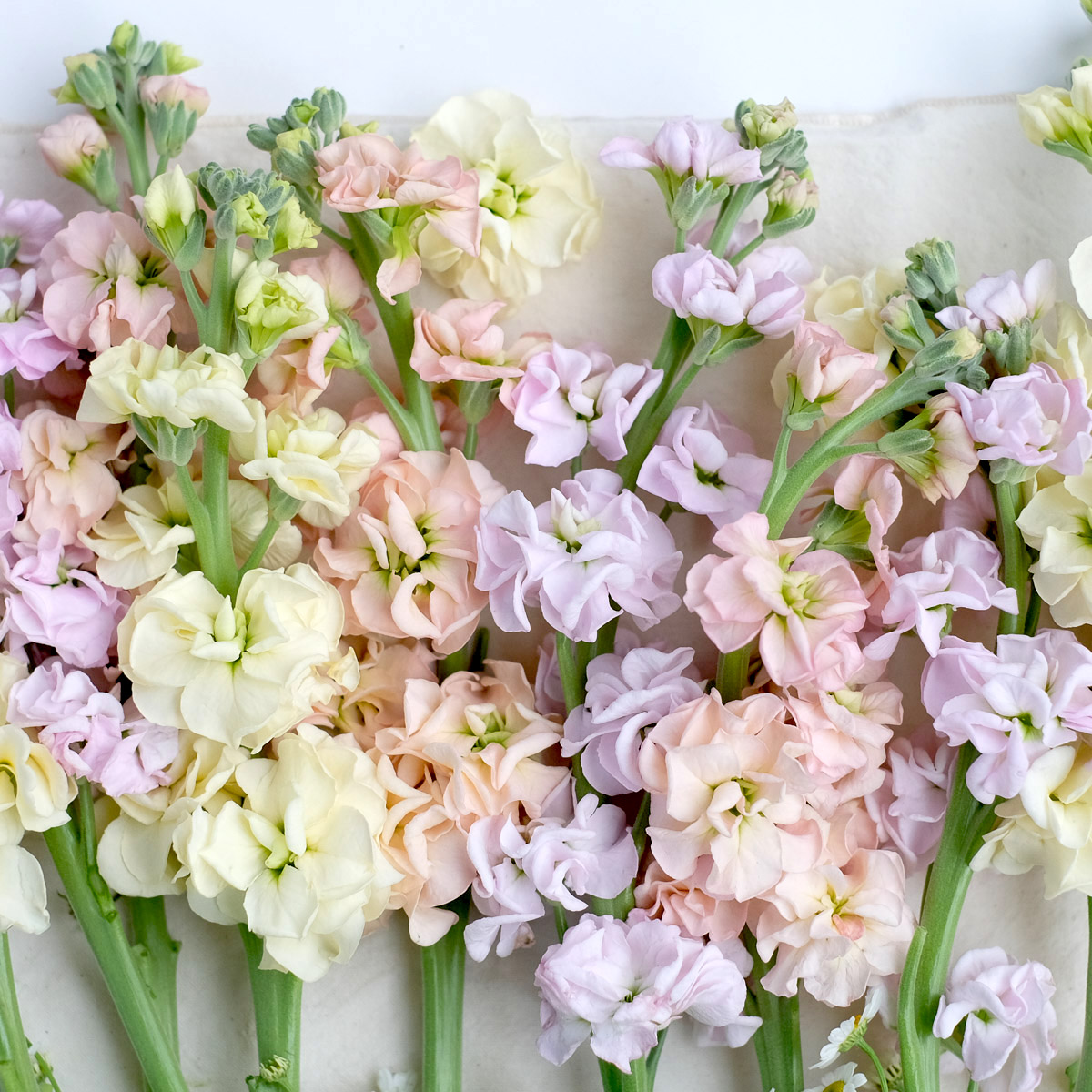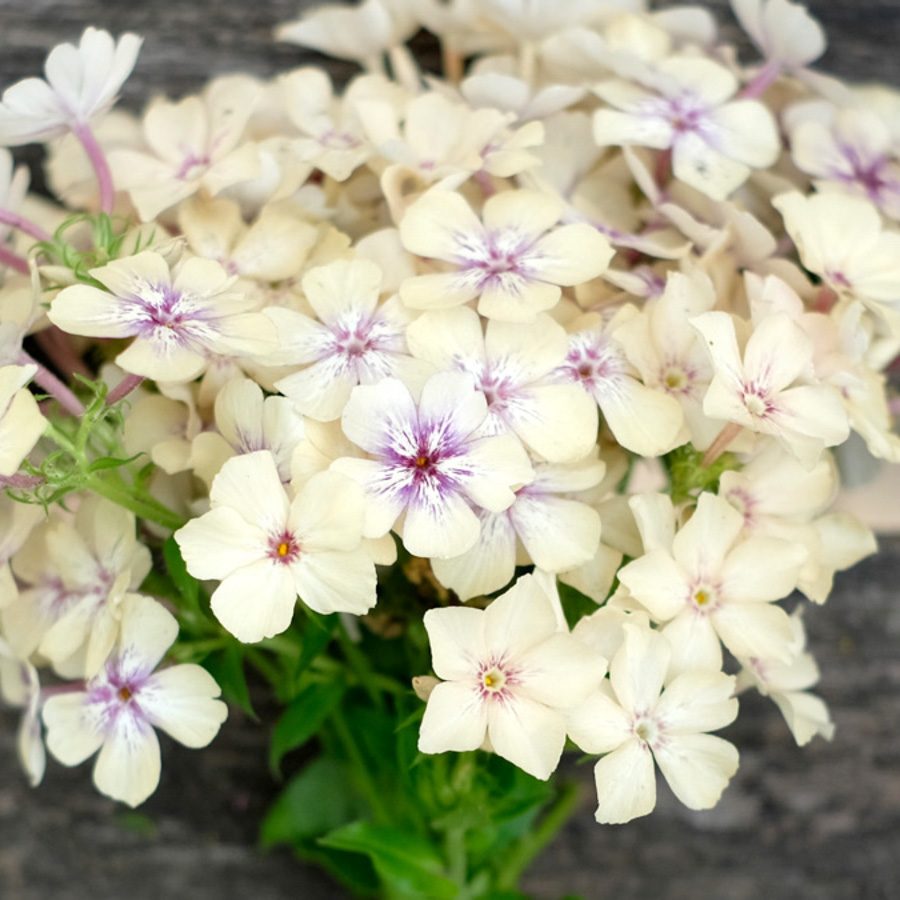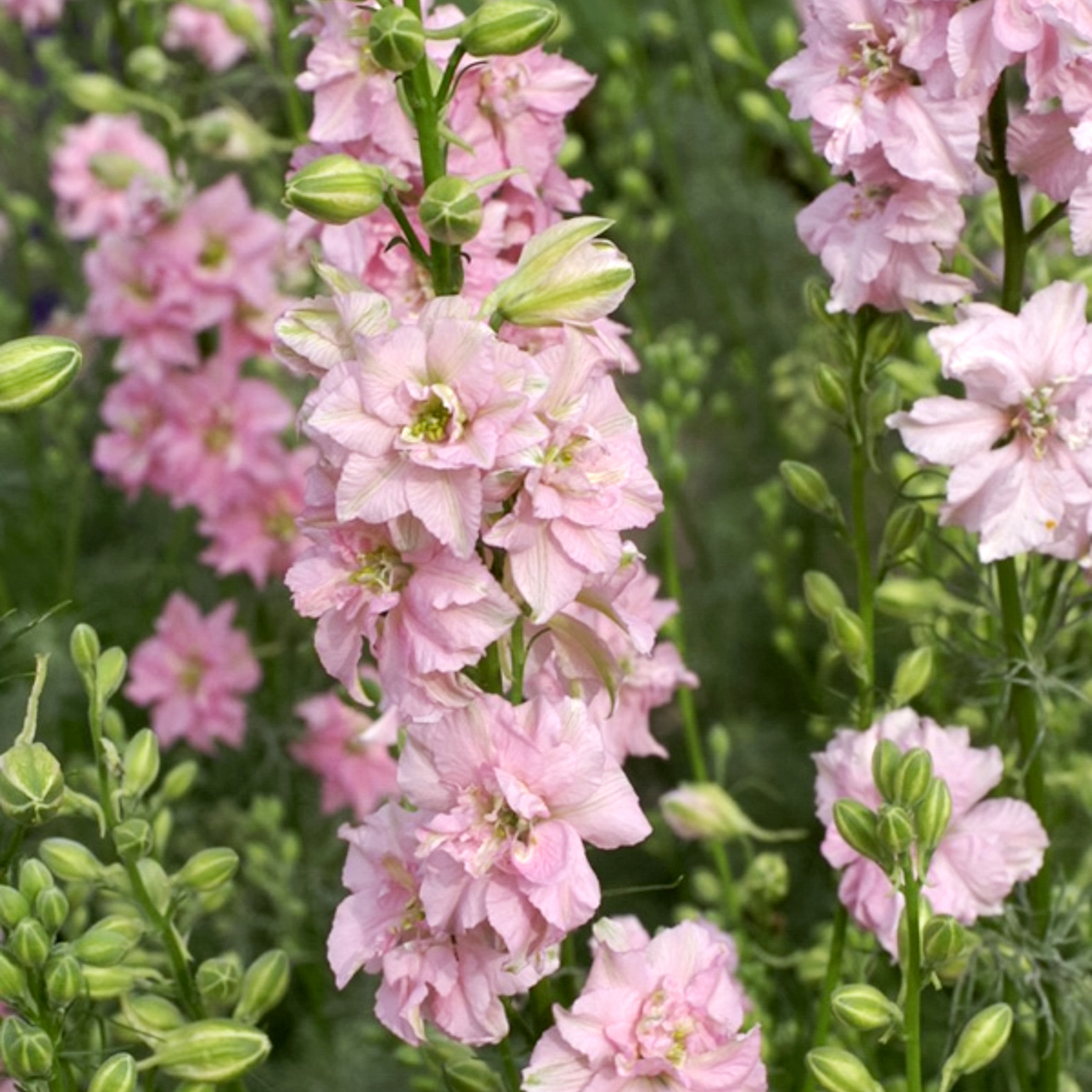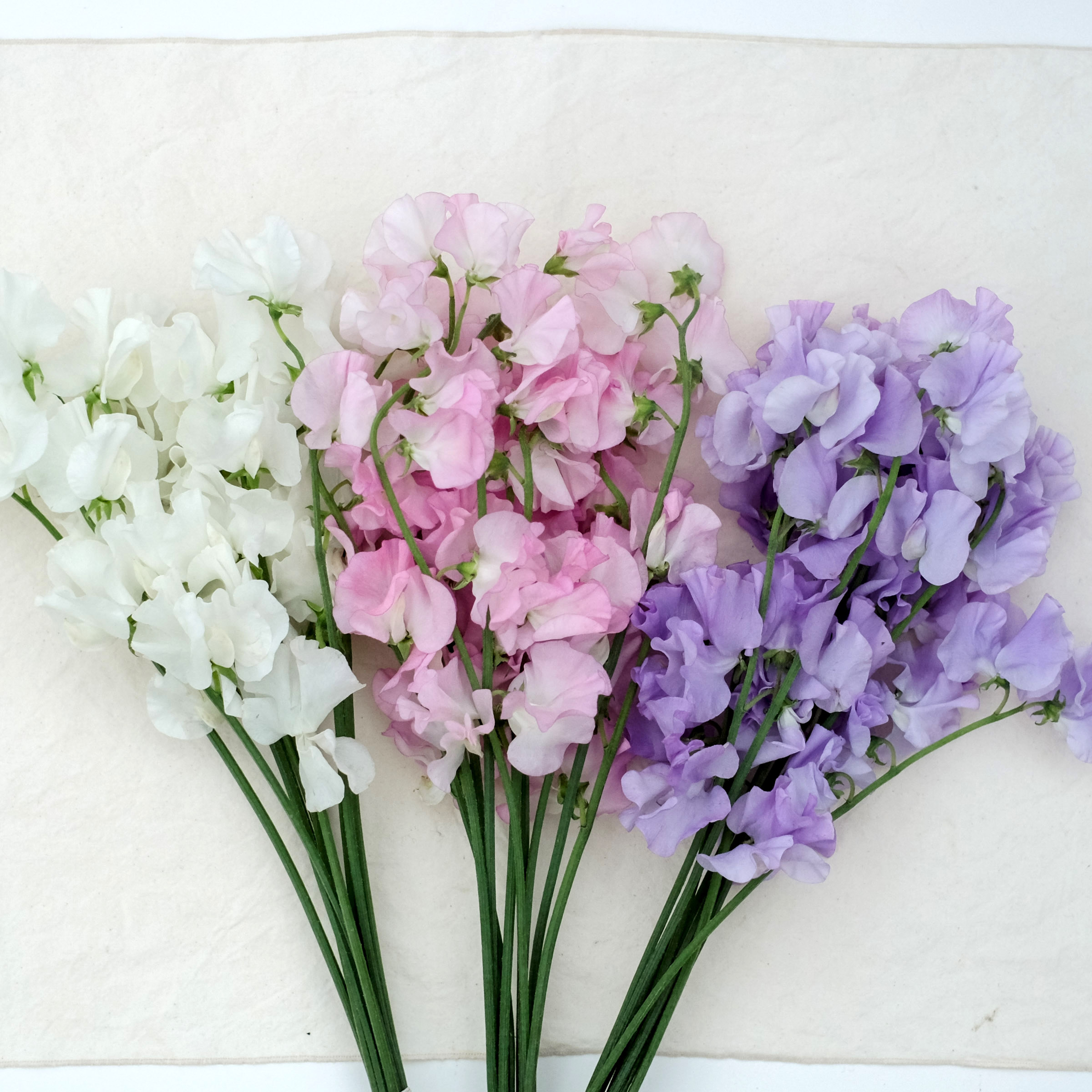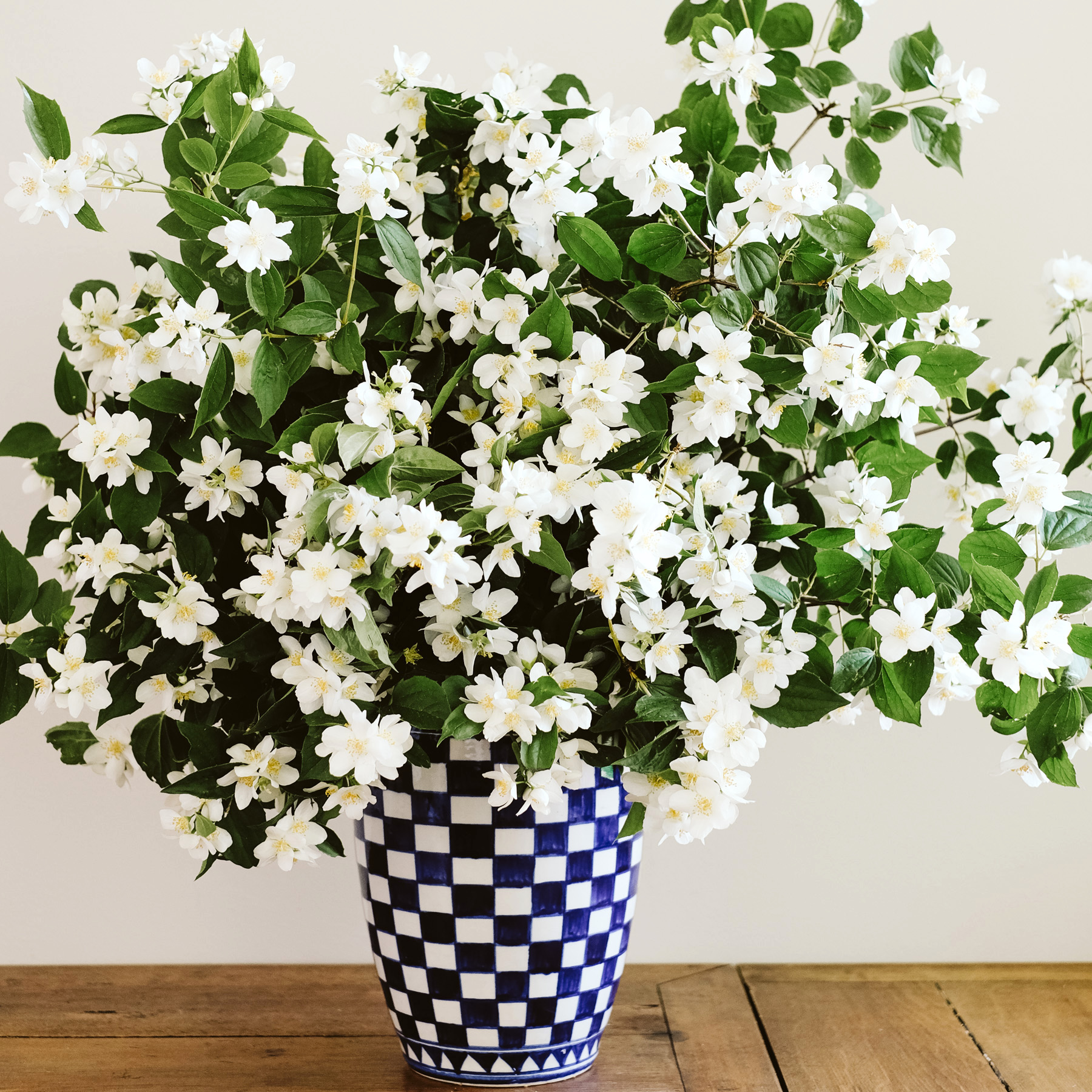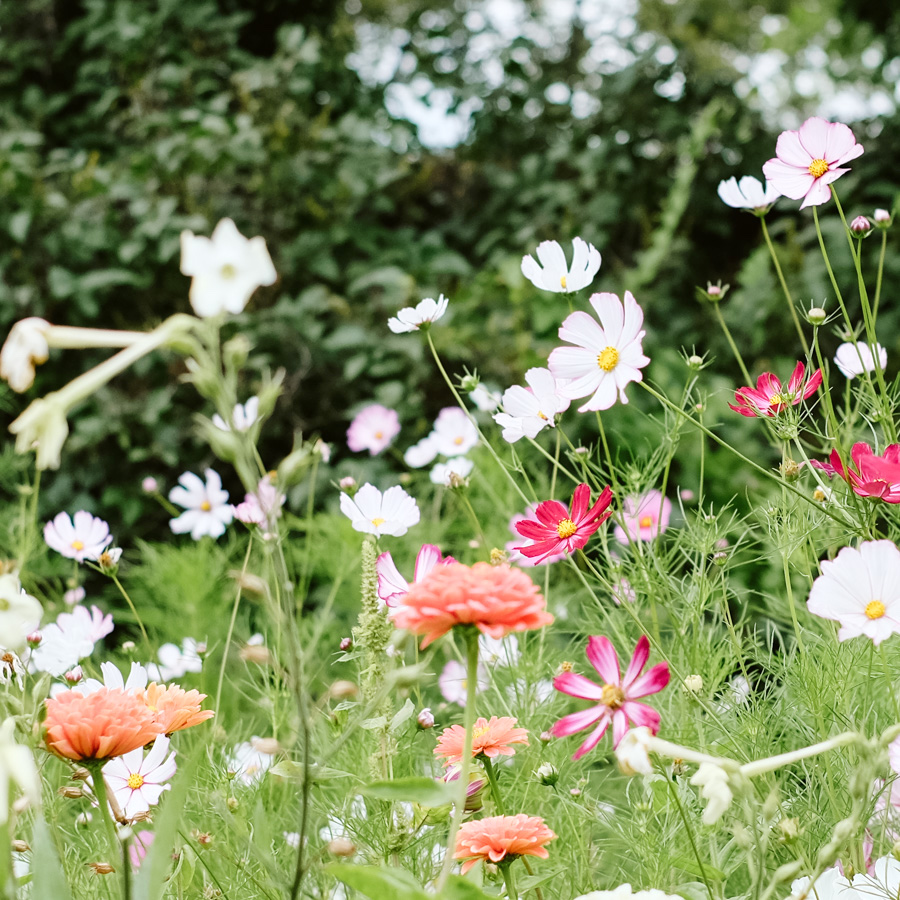Sowing for beginners: an easy way to grow flowers from seeds
An exclusive excerpt from the book FLOWER NOTES by Jora Dahl and Marion Rekersdrees
Sowing seeds used to be a kind of secret science for me. Back then, I would run to the garden center and come back with big, expensive potted plants that wouldn’t bloom a week later. What was I missing! Growing flowers from seeds is the cheapest, most sustainable, and most flower-rich way to garden. Here’s a quick guide without frills for those who have never tried it.
What you need:
• Seed pots or a multi pot plate
• Organic sowing and planting soil
• A small watering can with fine watering head or a ball shower
• Seeds
• Set of plant labels for easy labelling
1. Pour soil into the pots, water gently and put a seed in a small hole that you push in with a pen (except for light sprouts: just sprinkle them on the soil).
2. Put them in a warm place on the windowsill with plenty of light and keep the soil moist.
3. After a short time, a small seedling appears. Four weeks after germination you should fertilize for the first time, and from mid-May the plant can go outside at the earliest.

Please pay special attention to:
Once you figured out how it works best, you will grow your own plants every year. Nevertheless, mistakes often happen in the beginning, and then the motivation is soon lost. I’ve made them all – so here are the best tips for getting off to a great start as a flower gardener:
• It’s all a matter of timing: don’t start too early. In February, your seedlings still need artificial light, which complicates things. Only Cool Flowers can be sown directly outside in the cold spring. All other varieties should be sown indoors in mid-March.
• Too much warmth in combination with too little light causes the plantlets to “etiolate”: they shoot up, develop long, thin stems and eventually topple over. Solution: more light, less heat.
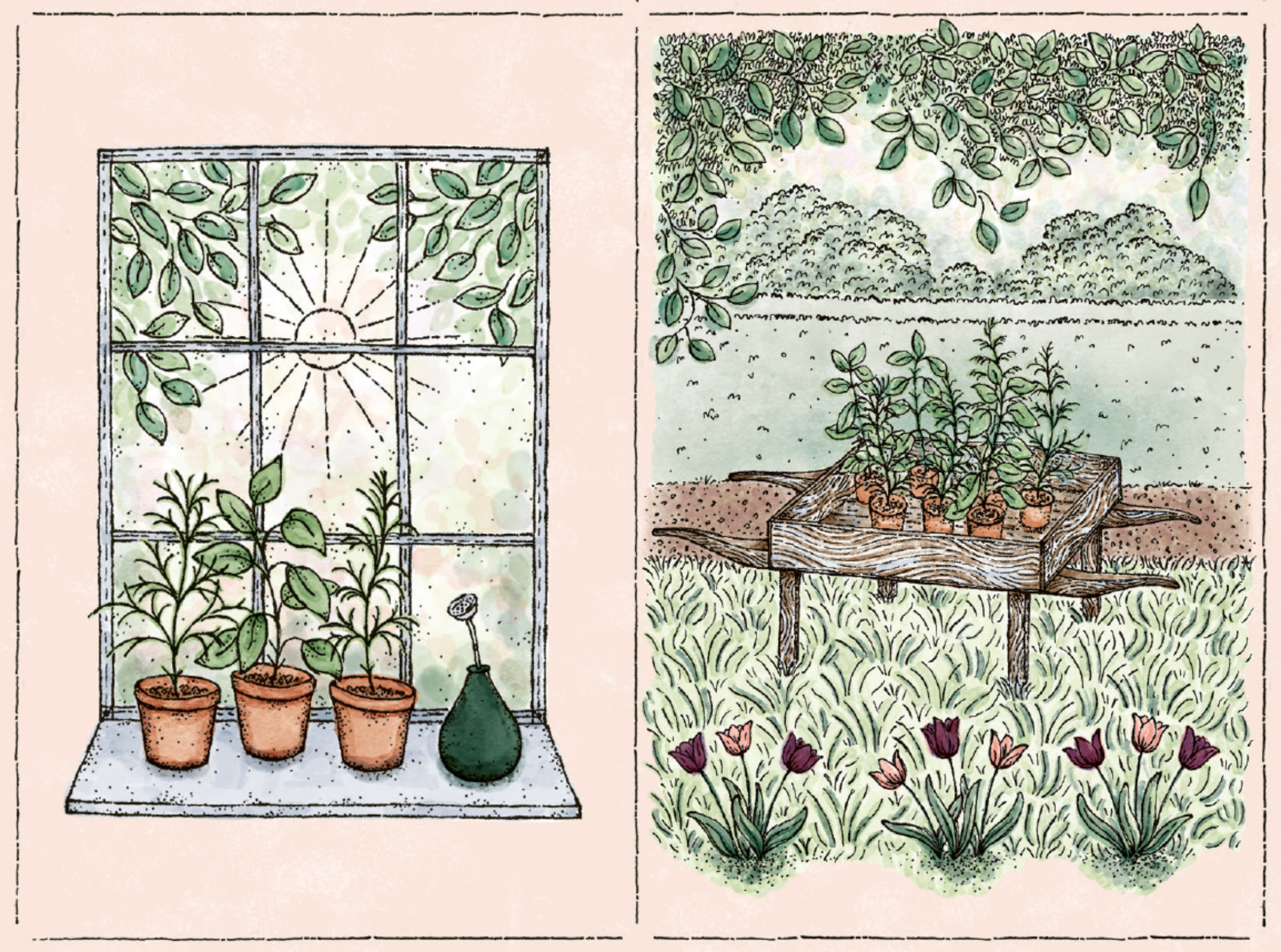
• Only one seedling should grow per pot. Carefully pull out the others and plant them in a new pot (this is called pricking). Otherwise, they have to compete for nutrients.
• Speaking of nutrients, planting soil is very low in nutrients. Larger seedlings need more, so fertilizing is really necessary for most varieties. The use of organic liquid fertilizer every one to two weeks is mandatory!
• Despite climate change, the danger of frost in Germany is not over until mid-May (after the “Ice Saints”). All non-hardy plants really belong in the fresh air only from this time. A single day of frost, and all the effort was in vain.
• Impatience is always a mistake: to turn the seeds into a stately plant, usually needs three months. Many who despair in June (“They just don’t grow!”) revel in a sea of flowers in August. Early summer is the time for bulbs, perennials and the so-called Cool Flowers (hardy annuals, see tips in September). Non-hardy summer flowers and dahlias enchant us with their splendor from July/August until the first frost!
If you want to use FLOWER NOTES to plan your cut flower garden, click here!
